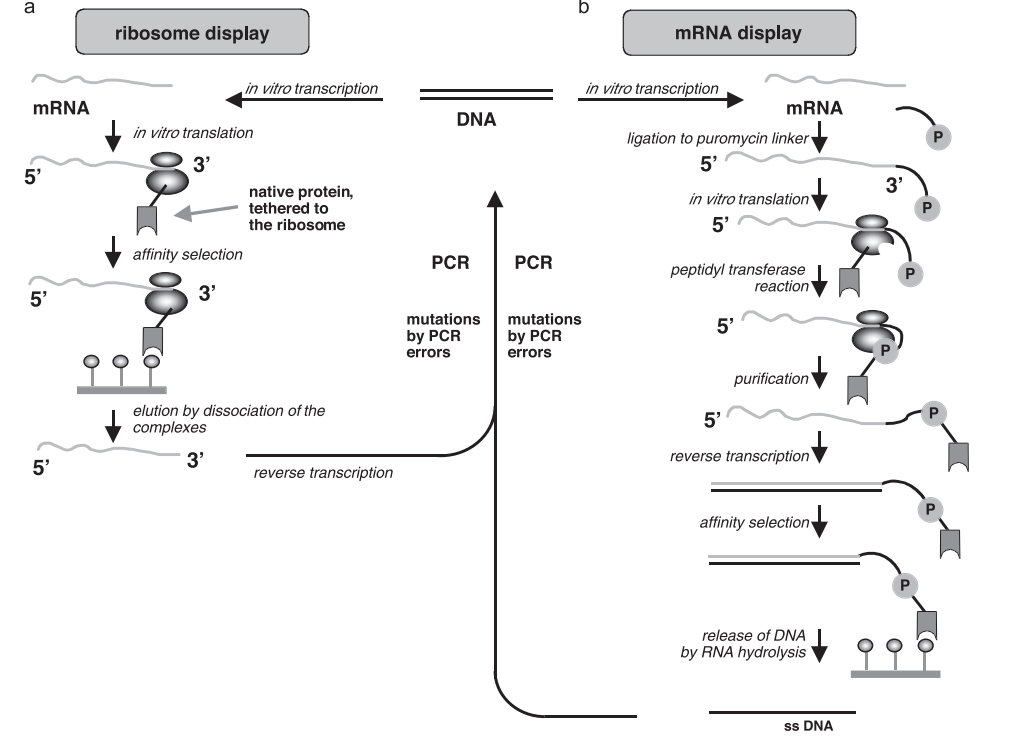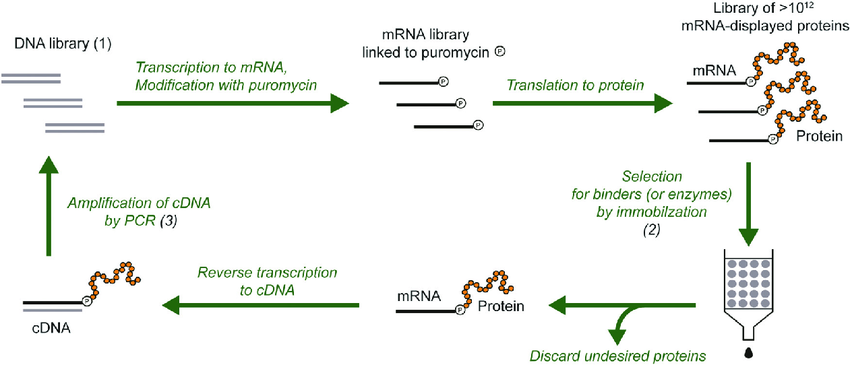In cells, DNA often exists in the form of double stranded helices, and in its active state, it may appear in a single stranded form, participating in biological processes such as replication and transcription. SsDNA (single stranded DNA), also known as single stranded DNA, can be used as a template for homology directed repair (HDR) during gene insertion. CD Biosynsis can provide long single stranded DNA synthesis services up to 4k nt.
Deoxyribonucleic acid (DNA) is the fundamental building block of life, carrying the genetic instructions necessary for the growth, development, functioning, and reproduction of all living organisms. Within the vast realm of genetic material, Single-stranded DNA (SsDNA) holds particular significance for its unique properties and applications. Understanding SsDNA synthesis is crucial for advancements in genetic research, medicine, biotechnology, and pharmaceuticals.
What is SsDNA Synthesis?
Definition and Differences
Single-stranded DNA (SsDNA) consists of a single strand of nucleotides, unlike double-stranded DNA (DsDNA), which is formed by two complementary strands. SsDNA synthesis refers to the creation of these single-stranded molecules, which can be synthesized artificially through various laboratory techniques.
| Feature | SsDNA | DsDNA |
|---|---|---|
| Structure | Single strand of nucleotides | Double helix of two strands |
| Stability | Less stable | Highly stable |
| Common Use | Primers, probes, therapeutic | Genetic blueprint, replication |
| Synthesis Methods | Chemical, Enzymatic, RCA | Cellular replication |
Applications of SsDNA Synthesis
| Field | Application | Description |
|---|---|---|
| Genetic Research | Gene Cloning | SsDNA oligonucleotides serve as primers in PCR, facilitating the amplification of specific DNA sequences. |
| Sequencing | SsDNA is essential in next-generation sequencing techniques. | |
| Mutagenesis | Introducing mutations to study gene function. | |
| Medicine | Diagnostics | SsDNA probes detect specific genetic sequences associated with diseases. |
| Therapeutics | SsDNA molecules modulate gene expression for treating genetic disorders. | |
| Vaccine Development | Researching SsDNA vaccines for targeted immune responses. | |
| Biotechnology and Pharmaceuticals | Drug Development | SsDNA aptamers serve as therapeutic agents. |
| Biotechnological Tools | Creating molecular tools like CRISPR-Cas9. | |
| Biomanufacturing | Producing genetically engineered organisms. |
Techniques and Technologies
At present, the synthesis methods of ssDNA mainly include chemical synthesis, enzyme synthesis, and bacterial production. The length of ssDNA synthesized chemically has an upper limit, the upper limit for column synthesis is 150 nt, and the current upper limit for in situ synthesis is 300 nt.
Comparison of Methods
| Technique | Description | Innovations | Comparison |
|---|---|---|---|
| Chemical Synthesis | Stepwise addition of nucleotides using solid-phase techniques. | Microfluidics for precise control | High accuracy, customizable but expensive, limited sequence length. |
| Enzymatic Synthesis | Utilizing enzymes like DNA polymerases for replication of SsDNA from templates. | CRISPR-based techniques for accuracy | Cost-effective, efficient for longer sequences but less precise in certain applications. |
| Rolling Circle Amplification (RCA) | Producing long SsDNA strands using circular templates. | Synthetic biology for custom sequences | Excellent for producing long SsDNA strands, requires careful optimization to avoid contamination. |
SsDNA synthesis is a cornerstone of modern genetic research and biotechnology, driving innovations across medicine, pharmaceuticals, and beyond. Understanding the intricacies of SsDNA synthesis not only enhances our grasp of genetic processes but also paves the way for groundbreaking advancements in science and medicine.
Latest research progress on ssDNA: Single stranded DNA “incision enzyme” can perform targeted repair
On July 1, 2022, a team of biologists from the University of California, San Diego published a paper in the journal Scientific Progress, describing a safer new method for correcting genetic defects.
Researchers have designed mutants in fruit flies to allow visualization of homologous chromosome template repair through the production of pigments in the eyes. These mutants were initially characterized by completely white eyes. However, when the same fruit flies express the CRISPR component (guiding RNA+Cas9), they display large red patches on their eyes, indicating that the cell’s DNA repair mechanism has successfully reversed mutations using functional DNA from another chromosome.

Then, the researchers tested their new system using a Cas9 variant known as the “incision enzyme”, which only targets one DNA strand rather than two. They found that such cleavage resulted in a high degree of recovery of red eye color, almost equivalent to normal (non mutated) healthy fruit flies. The success rate of wound enzyme repair was 50-70%, while the success rate of double stranded cleavage Cas9 repair was only 20-30%. The latter also produced frequent mutations and targeted other sites in the entire genome (so-called off target mutations).
A key feature of the new research is that the system based on incision enzymes results in significantly fewer targeted and off target mutations. Researchers suggest that delivering incision enzyme components slowly and continuously within a few days may be more beneficial than delivering them all at once.
Another significant advantage of this method is its simplicity, which relies on very few components, and the DNA incision is “soft”, which is different from Cas9, Cas9 produces complete DNA breaks, usually accompanied by mutations. If the frequency of such events can be increased by promoting homologous pairing or optimizing gap specific repair processes, this strategy can be used to correct many pathogenic mutations.

CRISPR/Cas9 gene editing technology is highly effective in efficiently obtaining gene knockout mutations, but it is difficult to successfully achieve by knocking in long gene fragments or sequences>200 bp through the homologous recombination repair pathway (HDR). One of the main challenges faced by gene knockin experiments is the preparation of donor templates, where double stranded DNA (dsDNA) and single stranded DNA (ssDNA) can serve as donor templates for HDR repair mechanisms. Due to the risk of random integration of dsDNA donor templates such as plasmids or PCR fragments into the genome, their application in accurate gene editing is limited, while the risk of random integration of ssDNA is greatly reduced.









